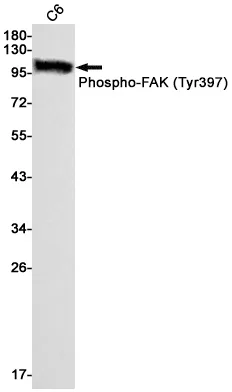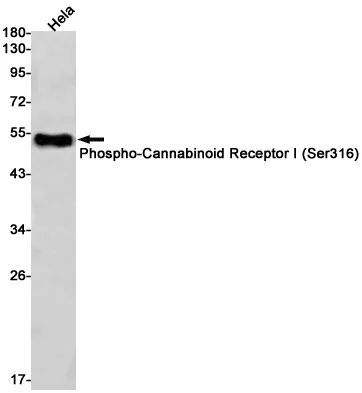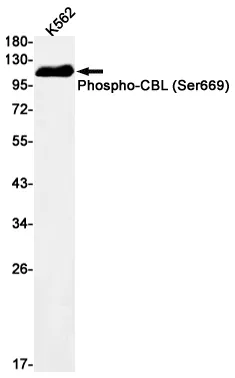Summary
Performance
Immunogen
Application
Background
This gene encodes a member of the glyceraldehyde-3-phosphate dehydrogenase protein family. The encoded protein has been identified as a moonlighting protein based on its ability to perform mechanistically distinct functions. The encoded protein was originally identified as a key glycolytic enzyme that converts D-glyceraldehyde 3-phosphate (G3P) into 3-phospho-D-glyceroyl phosphate. Subsequent studies have assigned a variety of additional functions to the protein including nitrosylation of nuclear proteins, the regulation of mRNA stability, and acting as a transferrin receptor on the cell surface of macrophage. Alternative splicing results in multiple transcript variants. Many pseudogenes similar to this locus are found throughout the mouse genome. [provided by RefSeq, Jan 2014]
Research Area




